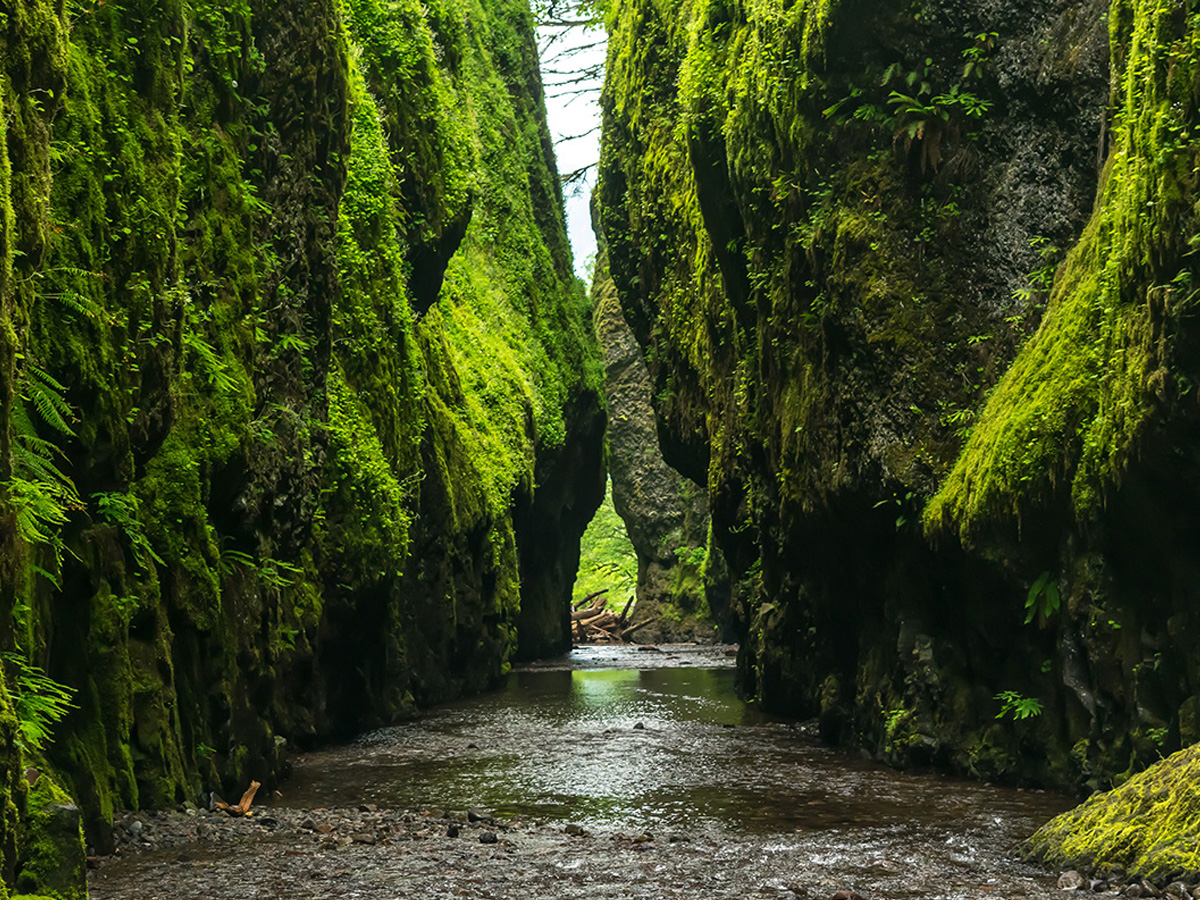Some of you may have experienced it while interacting with a device or browsing a homepage. This flow state was first described by Csikszentimihalyi in 1975. According to him, flow experience is a flowing state of immersion. In the flow state, the stress is optimal, the course of action is perceived as fluid and we become so absorbed in the task that we forget the time. In a way, this is exactly what we also want to achieve with a user-friendly product: that the user simply no longer has to think about the interactions, but virtually “flies” through the controls and finds his way intuitively.
In fact, there is a connection between flow and usability, which is elaborated on the page http://www.flow-usability.de/index.htm. The page summarises what Marco Wurzler and Philipp Stegler from the Heinrich Heine University of Düsseldorf worked out in their master’s thesis on the topic of flow and usability.
In particular, the page deals with how an online presence can give the user pleasure by inducing a flow experience through high usability.
With the help of the flow concept, reasons are also given for certain heuristics as to why their observance promotes the flow experience. Conformity to expectations, for example, is important because otherwise the user is torn out of his flow of thought and interaction, and the flow is lost as a result. Making error messages helpful helps to maintain control of the action, but in any case represents an interruption of the activity, thus of the flow of the action and thus of the possible flow. According to the authors, other usability rules of thumb cannot be explained with the help of the flow concept. This applies, for example, to colouring concepts, as these can trigger feelings, but do not induce flow themselves.
Image source: pixabay.com





